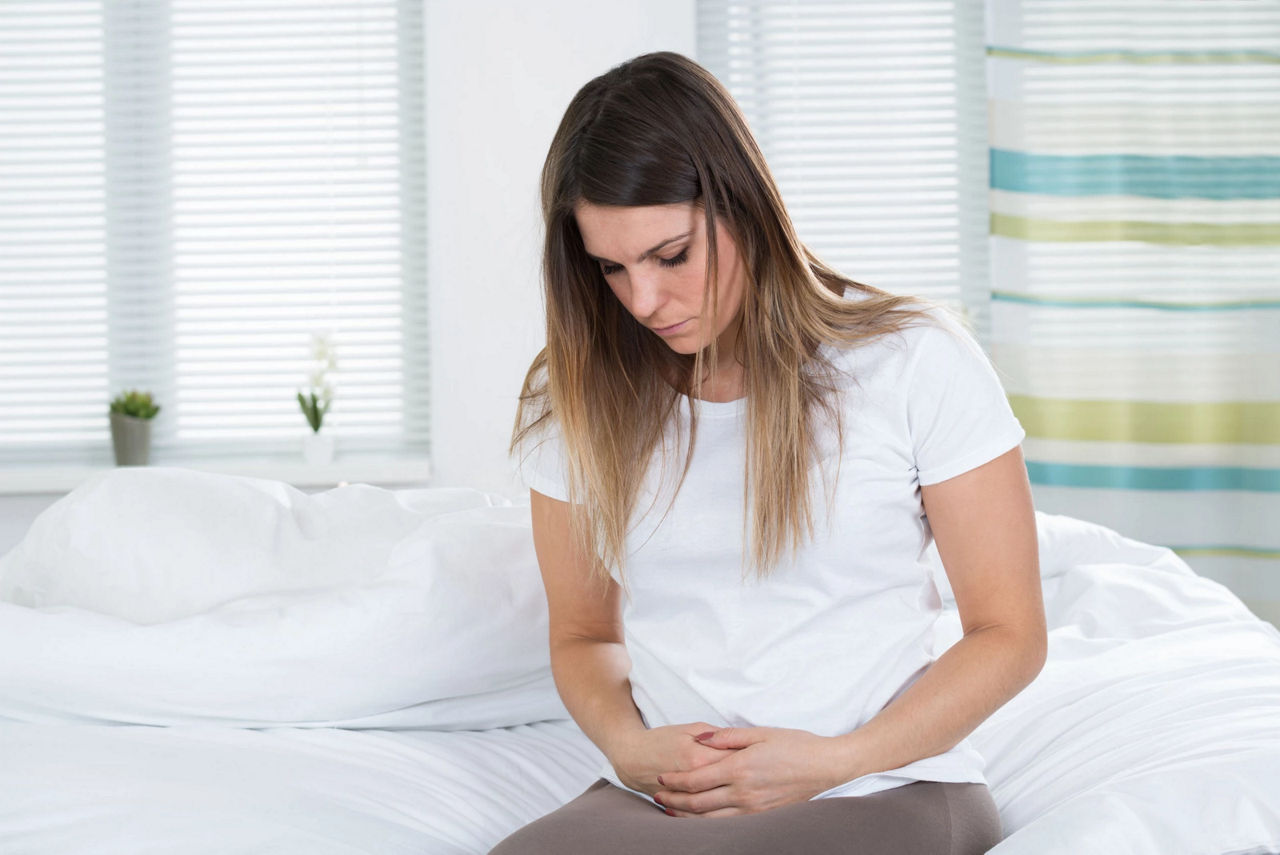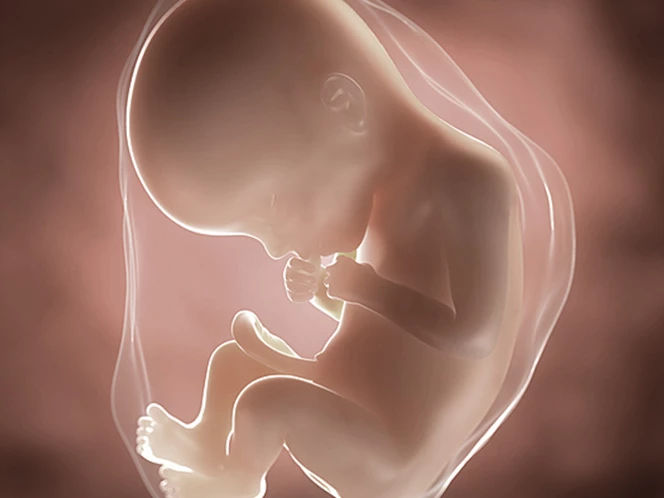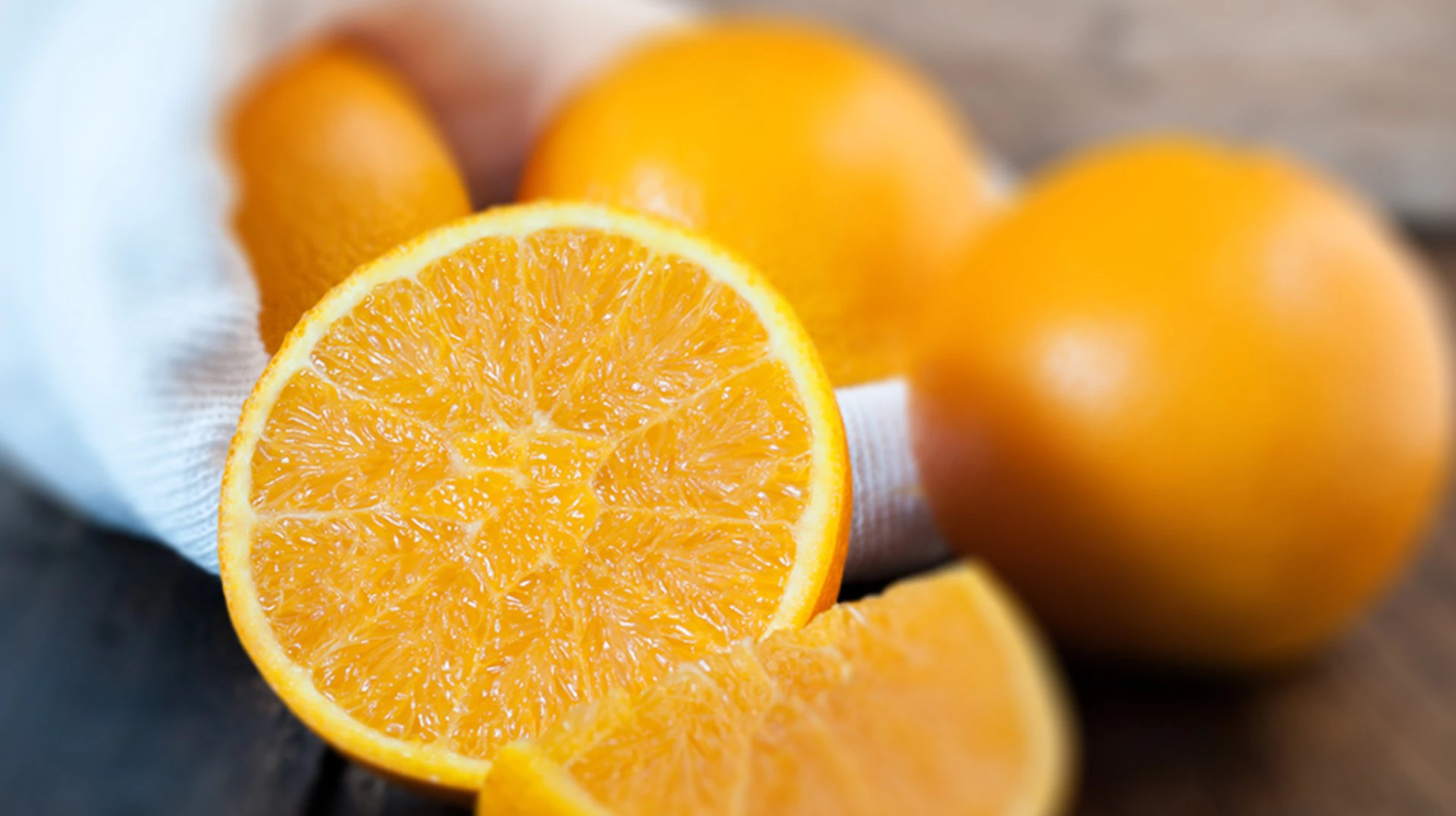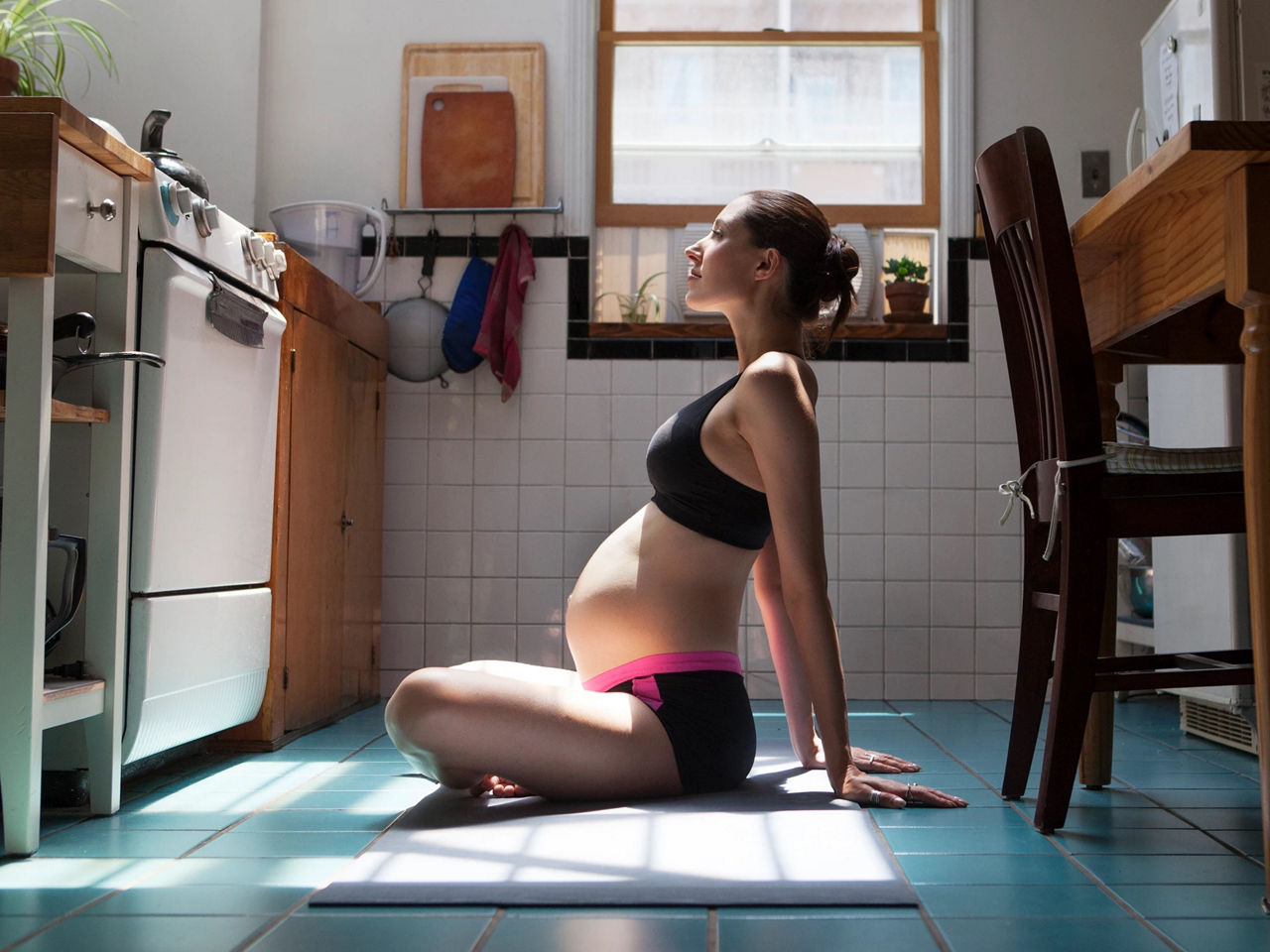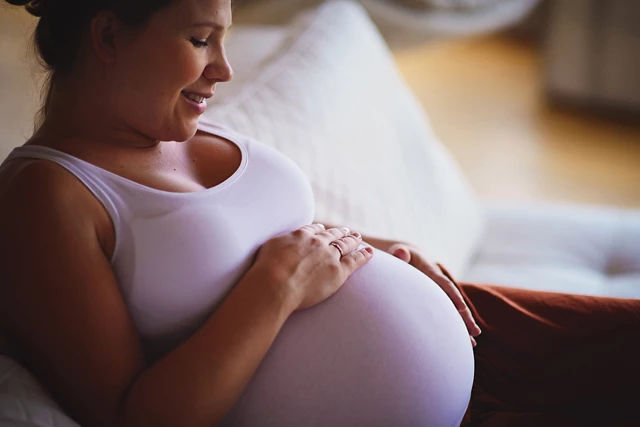In week 23 of pregnancy, your baby will have grown to around 20cm in length and weigh about 450g - roughly the size of a grapefruit1.
Your baby is gaining weight fast now. At this stage, his or her skin will still be transparent and appear as if it’s a little too big. That’s because it grows faster than their body, which then plays catch-up as it expands by storing fat. As your baby stores fat, their skin will lose its delicate, transparent appearance and start looking plumper and more solid2.
By now, you should feel your baby moving regularly. Along with kicking, twisting, turning and stretching, your baby can now grasp the umbilical cord if it passes near their hand.
His or her limbs will now be in proportion, and your little one will start to look more like the cute baby you’re expecting. Over the next few weeks, you’ll start to feel these longer limbs as they continue moving. You may also start to see some movements through your bump, too.
